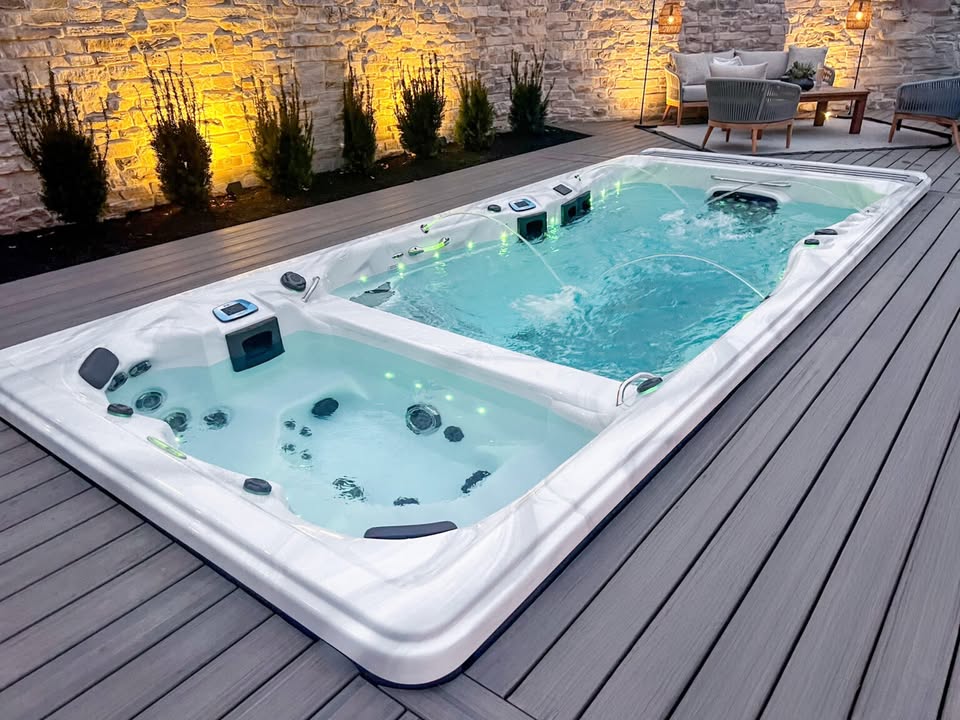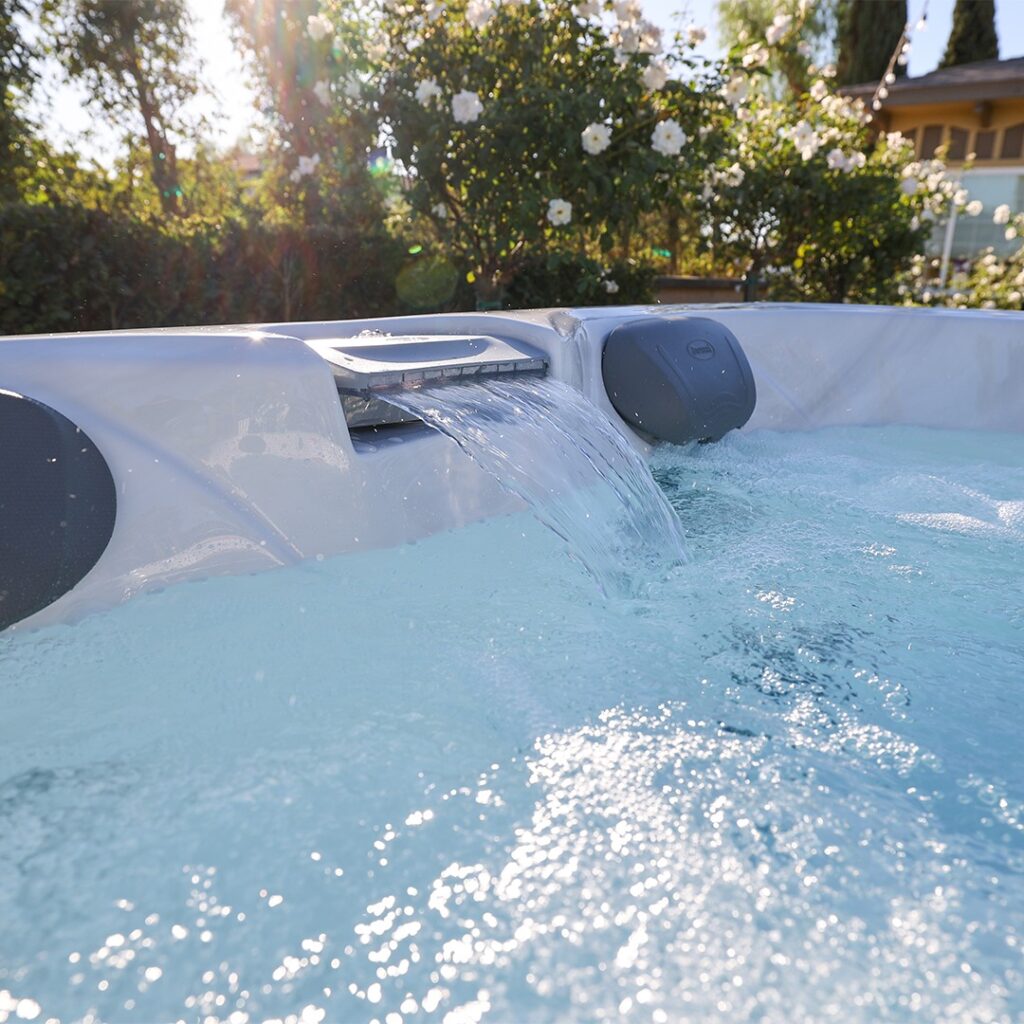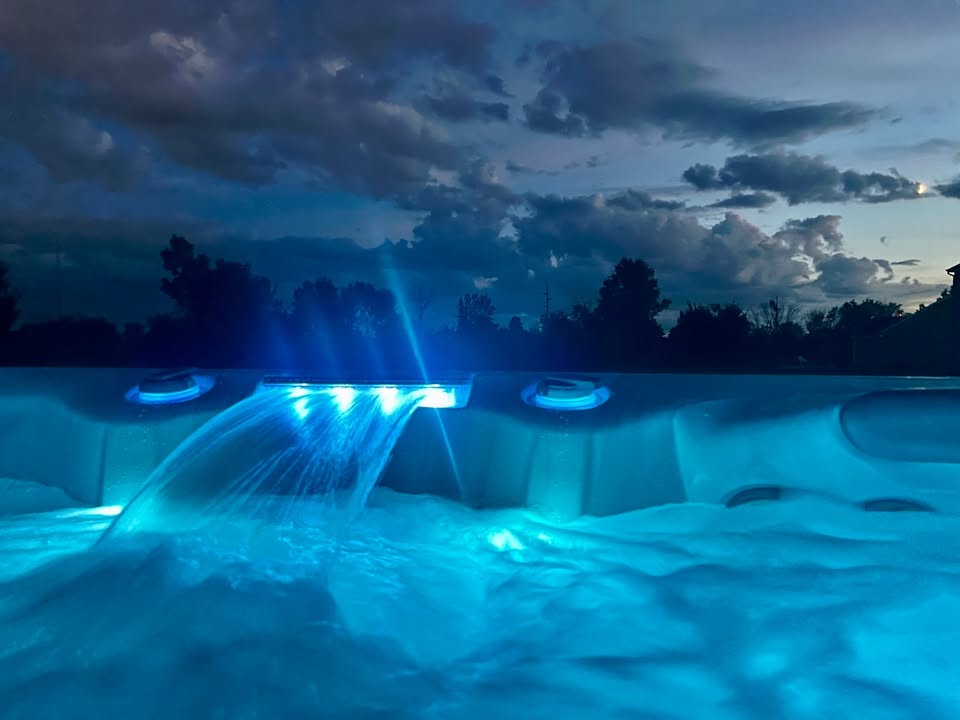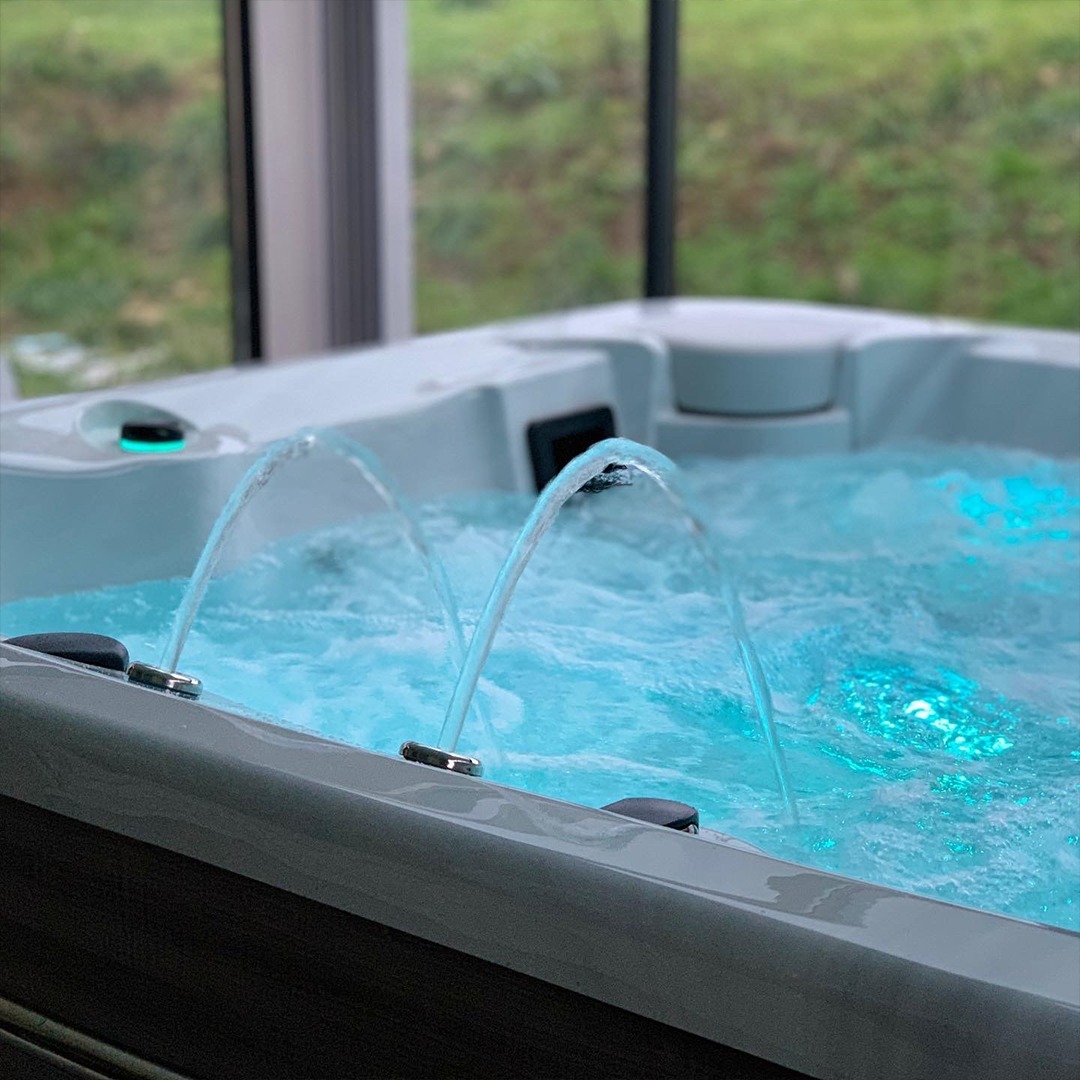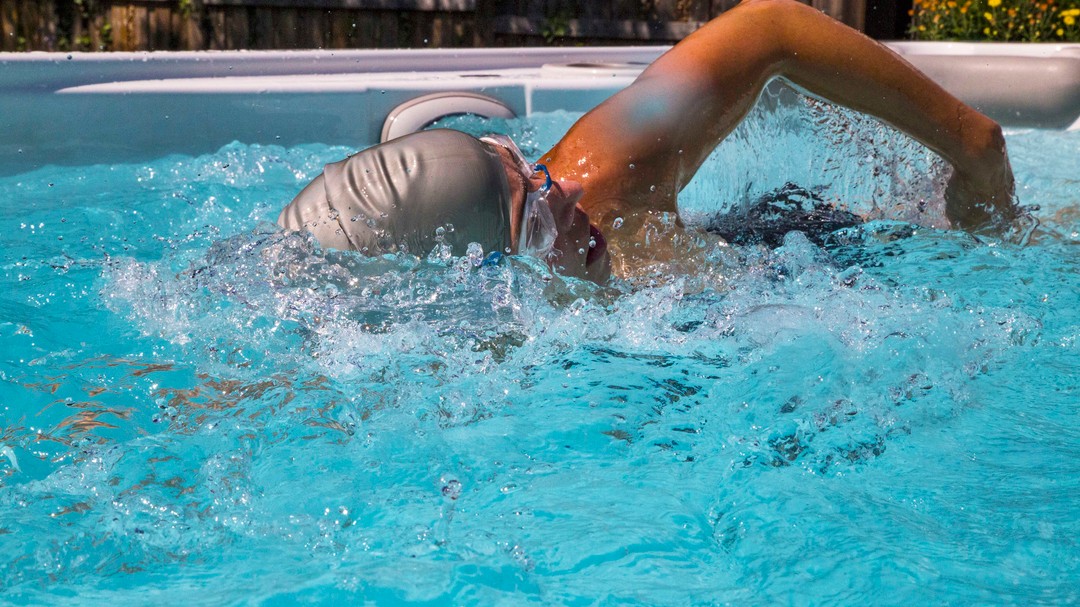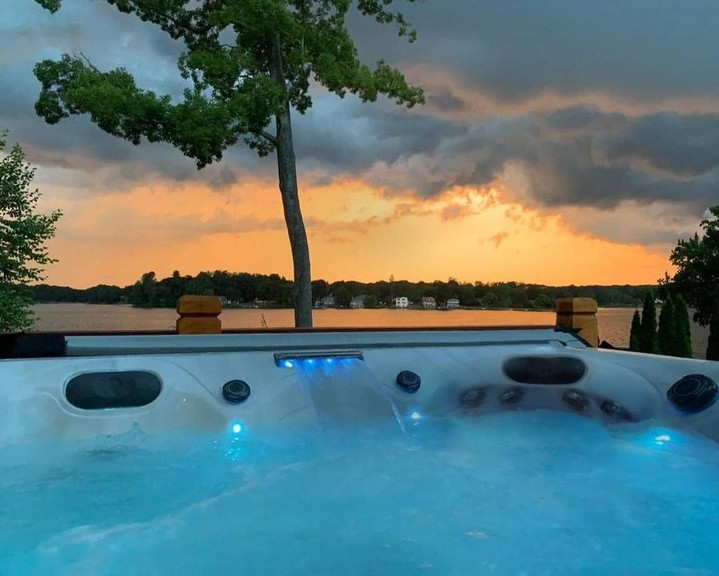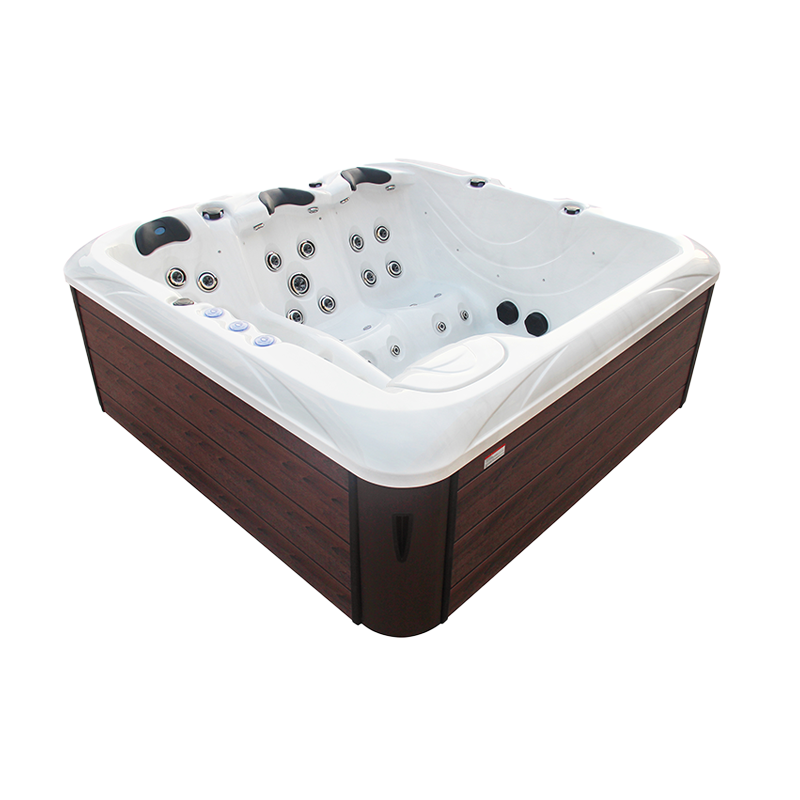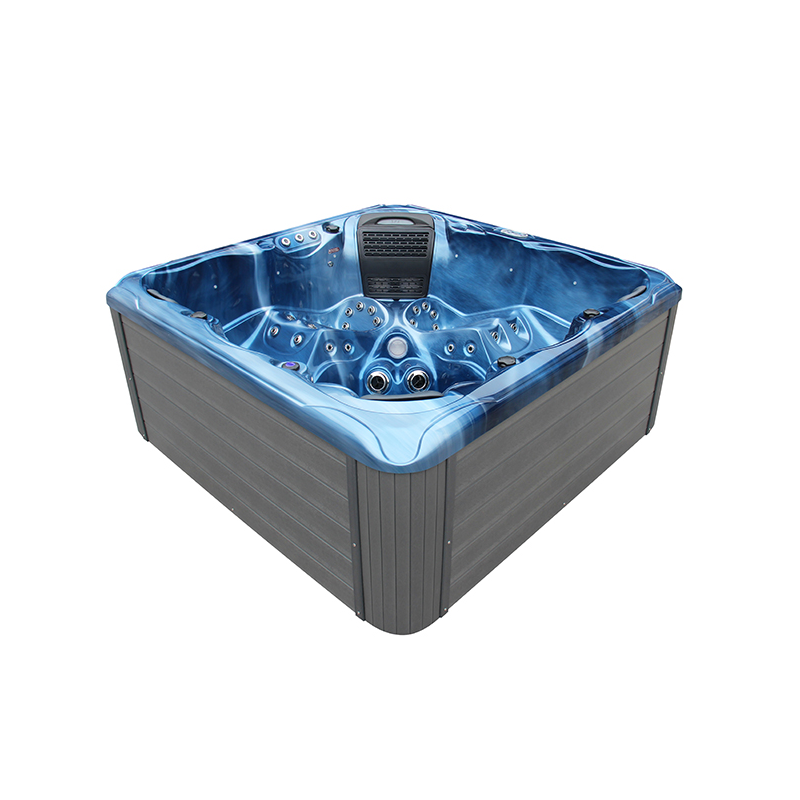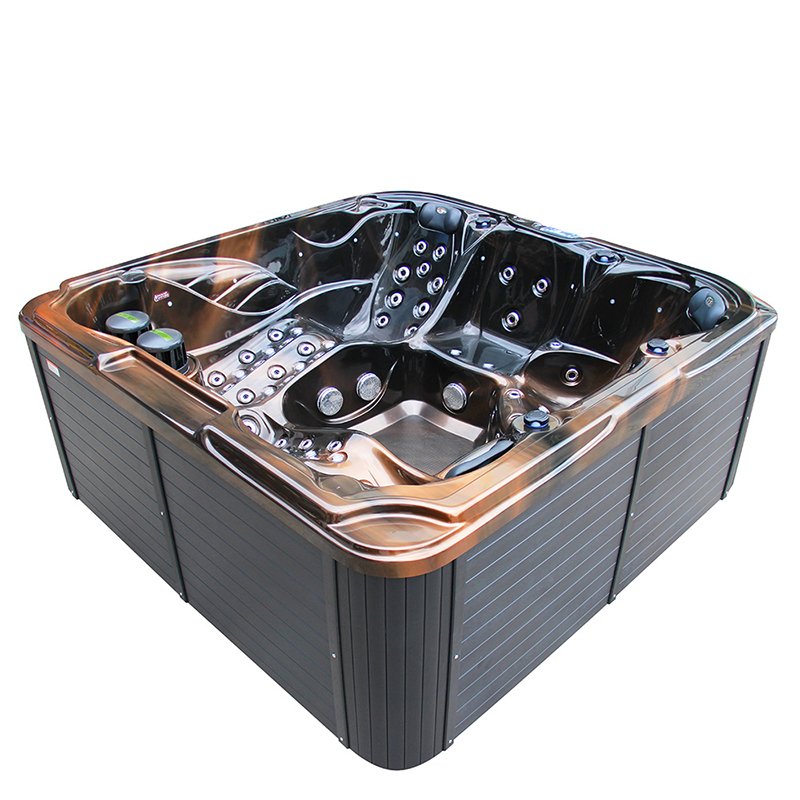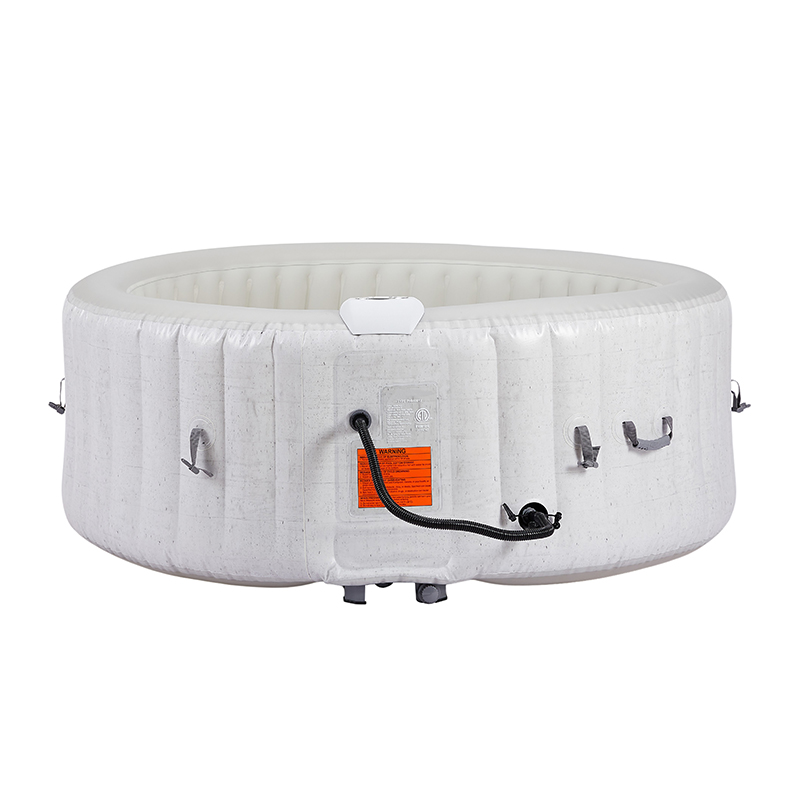When investing in a hot tub, it’s crucial to choose one that will withstand the test of time. A quality hot tub isn’t just about comfort; it’s about durability and longevity. The materials used to construct your spa play a pivotal role in its overall performance, maintenance, and lifespan. This guide delves into the best materials used in hot tubs, helping you understand what goes into a premium spa and how to select one that will meet your long-term needs.
Introduction: Why Material Matters in Hot Tub Selection
Purchasing a hot tub can be an exciting endeavor, but with the myriad of choices available, it’s easy to get overwhelmed. However, one of the most important decisions you will make is regarding the materials used to build the hot tub. Whether you’re a first-time buyer or a seasoned spa enthusiast, understanding the materials that make up the shell, cabinet, insulation, and cover can greatly affect your decision.
This comprehensive guide will take you through the most durable materials commonly used in hot tubs and explain why they matter. From the sturdy shell to energy-efficient insulation, we’ll cover it all. Choosing the right materials ensures your hot tub can endure harsh weather, reduce maintenance costs, and continue delivering relaxation for years to come.
1. What Materials Are Hot Tubs Made Of?
Hot tubs are made from a variety of materials, each serving a specific purpose in enhancing performance, comfort, and durability. Generally, portable or above-ground hot tubs (the kind most homeowners purchase) include materials like:
- Acrylic
- Rotomolded Plastic
- Vinyl or Latex
- Fiberglass
- Cement
- Stainless Steel
- Reinforced PVC
Each of these materials has unique characteristics that make them suitable for different parts of the hot tub, from the shell to the cabinet. Let’s take a closer look at each material’s properties.
2. Best Hot Tub Shell Materials
The shell is one of the most critical components of a hot tub, as it forms the basin where you sit and relax. A durable shell material is essential for both structural integrity and insulation. The best materials for hot tub shells are:
- Acrylic: Acrylic is the top choice for most luxury hot tubs. It’s durable, resistant to cracks, and can hold up well under high temperatures and cold weather. High-quality acrylic shells are layered with resin for additional durability, ensuring a long lifespan.
- Rotomolded Plastic: Known for being durable and affordable, rotomolded plastic is used in many mid-range and budget-friendly hot tubs. It is lightweight and resistant to damage but tends to have a less sophisticated appearance compared to acrylic.
Acrylic-based shells, such as those used in Jacuzzi® Hot Tubs, are bonded with high-quality resin and a vapor barrier to prevent moisture from getting inside, ensuring longevity and stability.
3. What Is Hot Tub Skirting?
Hot tub skirting, also known as the cabinet or siding, surrounds the shell and holds the internal components like the filtration system and jets. It not only improves the aesthetics of the spa but also provides access for maintenance. The best materials for skirting are:
- Synthetic Wood: Resistant to rot and UV damage, synthetic wood looks similar to natural wood but requires much less maintenance.
- Cedar: A beautiful, classic choice known for its natural resistance to moisture and decay. However, cedar may require more maintenance over time.
- Composite Plastic: Made from a combination of wood fibers and plastic, composite skirting offers excellent durability and resistance to UV damage and moisture.
4. Energy-Efficient Insulation Materials
Good insulation is key to maintaining water temperature, lowering energy bills, and protecting your spa from extreme weather. Insulation materials used in hot tubs include:
- High-Density Foam: This type of foam surrounds the hot tub shell, floor, and cabinet. It helps keep the water warm by preventing heat loss and contributes to energy savings.
- Partial Foam Insulation: Some hot tubs use a combination of high-density and lighter foam for insulation, which is effective for colder climates while still being energy-efficient.
Many high-end brands, such as Jacuzzi® Hot Tubs, use full-foam insulation for optimal energy efficiency and quieter operation.
5. Hot Tub Covers and Their Materials
A high-quality hot tub cover plays a vital role in preserving the heat of your water, protecting your spa from debris, and preventing energy waste. The best materials for hot tub covers include:
- Woven Polyester: Durable and UV-resistant, woven polyester fabric is ideal for protecting your hot tub from the elements.
- Polystyrene Foam Core: This core material locks in heat and insulates the hot tub, helping maintain water temperature and reduce heating costs.
Premium brands offer covers that feature dual-layer protection, ensuring durability and long-lasting use.
6. The Importance of Foundation Materials
The foundation and base of your hot tub also play an essential role in its longevity. While the spa itself is built with high-quality materials, the foundation should be equally durable. Common foundation materials include:
- Concrete Pads: Providing a stable, solid base for your hot tub, concrete is one of the most durable materials for foundation support.
- Prefabricated Spa Pads: Made from high-density polyethylene (HDPE), these pads are designed to withstand the weight of a hot tub and offer excellent support.
7. Choosing the Right Hot Tub for Your Needs
When selecting the right hot tub, you’ll need to consider a few factors beyond just material. The size, layout, and jet configuration should complement your lifestyle. Do you need a spa for therapeutic use or one for entertaining guests? Knowing your needs will help guide you to the best material choices and design.
8. Maintenance Tips for a Long-Lasting Hot Tub
Keeping your hot tub in good condition involves regular maintenance. Here are some essential tips:
- Regularly clean your filters to maintain water quality.
- Check the water chemistry to ensure the right pH and chlorine levels.
- Cover your hot tub when not in use to keep it clean and preserve energy.
By following these simple maintenance steps, you can prolong the lifespan of your hot tub and keep it in excellent working order.
9. Environmental Considerations When Choosing a Hot Tub
Many hot tub manufacturers are focusing on sustainability by using eco-friendly materials and energy-efficient systems. Look for brands that offer options like:
- Recycled materials for the shell and skirting.
- Energy-efficient pumps and insulation that reduce power consumption.
Opting for a hot tub with environmental considerations not only helps you save on energy bills but also contributes to a greener planet.
Conclusion: Investing in Quality for Long-Term Enjoyment
The materials used to construct your hot tub are a direct indicator of its quality and longevity. While it’s tempting to go for the cheapest option available, investing in a spa built with durable, high-quality materials ensures that your hot tub will serve you for many years. Quality materials like acrylic, synthetic wood, and high-density foam provide not only the durability you need but also enhance the overall comfort and performance of your hot tub.
By understanding the various materials used in hot tub construction, you can make an informed decision that guarantees you get the best spa for your home. Take the time to explore all your options and choose wisely – after all, your hot tub should provide you with relaxation and enjoyment for many years to come.
FAQs
1. What is the most durable hot tub material?
Acrylic is considered the most durable material for the shell of a hot tub due to its resistance to cracking, UV rays, and extreme weather conditions. It’s also flexible, which helps it withstand physical pressure without damage.
2. How often should I replace my hot tub cover?
Typically, a hot tub cover should be replaced every 3-5 years, depending on its exposure to the elements and how well it’s maintained. If it becomes torn, faded, or no longer seals properly, it’s time for a new one.
3. Can I install a hot tub myself, or should I hire a professional?
While some portable hot tubs can be set up by homeowners, it’s generally recommended to hire a professional for installation. A professional ensures proper placement, electrical setup, and safety protocols, ensuring your hot tub is installed correctly and safely.

